Kubrick was an American director, scenarist and producer. He was a perfectionist, his films are famous for having a dramatic visual style, for the great attention to details and for a pessimistic o ironic perspective.
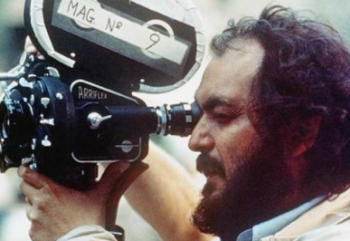
Image source: https://search.creativecommons.org/photos/36a7fe16-cb6c-4226-9d2d-a2f1acf08e87 by IMA Neuquen
Life
Kubrick was born in New York and grew up in the Bronx. Soon, he began to study photography. Kubrick aborted his studies at the City College of New York shortly after he had started them so that he could join the staff of Look at age 17, and he then traveled the county as a photojournalist for more than four years.
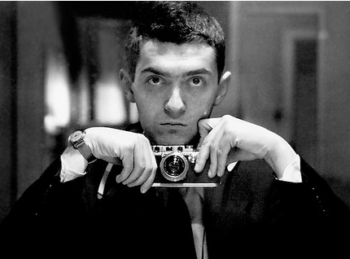
Image source: https://search.creativecommons.org/photos/889e03d8-8037-4ac1-ac4e-a3ac7592b93e by urcameras
At age 17 he started a collaboration as a photographer apprentice forthe magazine Look. He liked to attend the Museum of Modern Art in New York for the vision of perspective film; after some years he directed a short documentary about the run-up to a boxing match. Then, he decided to leave the magazine Look to work full-time as a film maker.
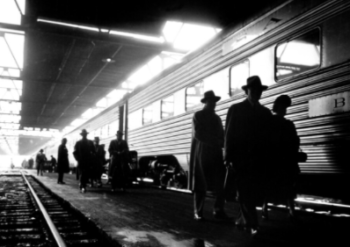
Image source: https://search.creativecommons.org/photos/327a6261-d59f-4444-b909-7a5ed60f7670 by trialsanderrors
What were his first movies?
He produced his first feature film Fear and Desire in 1953 and the second Killer’s Kiss in 1955. He began to collaborate with the producer James B. Harris and they formed Harris-Kubrick Productions. In 1957 he received a budget by United Artists to produce Paths of Glory, a film about World War I. He accepted to direct Spartacus, a film about the slave rebellion in the Roman Empire. Critics agreed that it was significantly better than the standard “sword-and-sandal” adventure film. Spartacus was arguably Kubrick’s most-accessible film, but it was also his most-anonymous film and the one over which he had the least control.

Image source: https://search.creativecommons.org/photos/eabc6516-ab5b-49a5-82be-c6e5d3460e6b by iznogoodgood
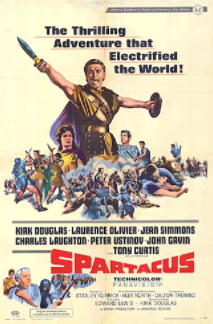
Image source: https://en.wikipedia.org/wiki/Spartacus_(film)#/media/File:Spartacus_-_1960_-_poster.png
When he moved to England it started for him a great period, the Eady plan provided him some tax incentives for foreign film that used at least 80 % of British labour.
The beginning of success
- Kubrick’s success came with Lolita (1962), Dr. Strangelove; or How I Learned to Stop Worrying and Love the Bomb (1964). Thanks to Dr. Strangelove Kubrick received an Academy Award nomination for best direction and obtained nominations for best picture, best actor and best screenplay.
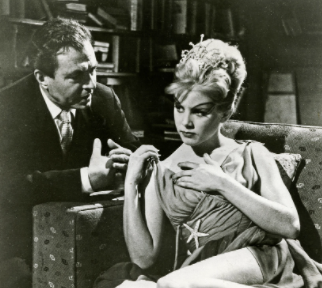
Image source: https://search.creativecommons.org/photos/f747e9b5-8ccf-4bd5-91dd-2272ab98d2d6 by BudCat14/Ross
- 2001: A Space Odyssey (1968) is one of his most important film. It’s a metaphysical science-fiction epic based on a story by Arthur C. Clarke.
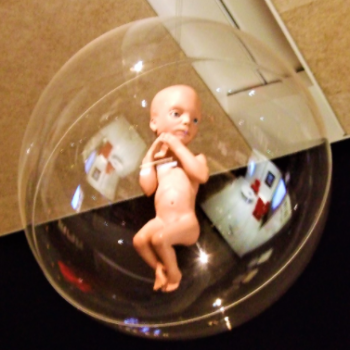
Image source: https://search.creativecommons.org/photos/6c8b4fad-12b9-4e24-9a24-4506ee2a53a9 by Jim Linwood

Image source: https://search.creativecommons.org/photos/f6f28755-eb06-459f-a2c7-9ec456a49ce6 by Matthew J. Cotter from Wigan, United Kingdom
The film is divided into three parts, with only the middle section resembling a traditional narrative. In that section two astronauts on a spaceship bound for Jupiter (Gary Lockwood and Keir Dullea) are forced to match wits with HAL 9000, the ship’s all-seeing, conscious onboard computer, when it malfunctions. Prehistoric apes are the focus of the first section, and the last section contains a sequence of wildly impressionistic images as the spaceship is sucked into a dimension in which time and space are disrupted.
The themes of the film: the human evolution, artificial intelligence; technology; humanity’s relationship with machines. He used music to exalt atmosphere and character.
1970s-1980s
- Kubrick’s next film was A Clockwork Orange (1971), which he adapted himself from the 1963 novel of the same name by Anthony Burgess, set in England in a near future. In this movie he described a brutal and cynical society.
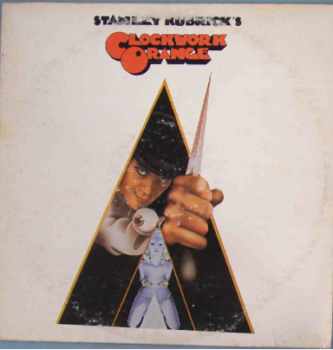
Image source: https://search.creativecommons.org/photos/f1c74452-45f4-4440-842b-977e5baed92d by cdrummbks
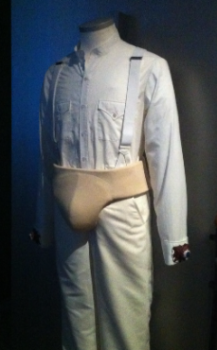
Image source: https://search.creativecommons.org/photos/527d7b67-62d3-456e-854c-0caaf515e4fb by Marcel Oosterwijk
- Barry Lyndon (1975), based on William Makepeace Thackeray’s novel. The novel is set on 18th-century, Kubrick recreated the natural lighting and the costumes of the period.

Image source: https://en.wikipedia.org/wiki/Barry_Lyndon#/media/File:Suits.BarryLyndon.jpg
- The Shining (1980) is based on Stephen King’s gothic novel. Jack Torrance is a writer that takes job as an off-season caretaker at the Overlook Hotel. His son has psychic abilities, he can see the ghosts who haunt the hotel. Soon, the family is trappes in the isolated hotel by a snowstorm and Jack becomes influenced by a ghost, descends into madness and attempts to murdes his family.
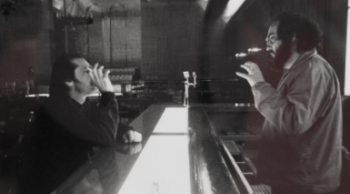
Image source: https://search.creativecommons.org/photos/bf5c487a-9580-4049-9294-5cc10d403d13 by MrSnooks
Last films
- Full Metal Jacket (1987) is an examination of war as a phenomenon. It’s set during the Vietnam War, Kubrick critiqued U.S. Marines’s dehumanization during basic training to operate efficiently as killing machines for the combat.

Image source: https://search.creativecommons.org/photos/d5000974-b658-440a-a5d7-76acf4dd302e by Luke McKernan
- Eyes Wide Shut (1999) released a few months after his death. It’s based on Arthur Schnitzler’s novella Traumnovelle (“Dream Story”). Tom Cruise and Nicole Kidman played a modern couple in New York, their marriage is tested by a sequence of intense, erotically charged encounters with others. The wife reveals to him that she had a secret relationship. During an adventure night, he infiltrates a masked orgy of a secret society.
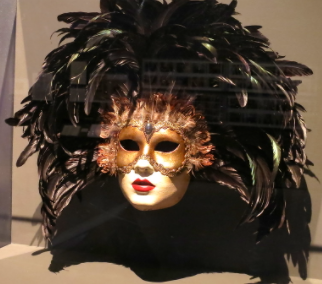
Image source: https://search.creativecommons.org/photos/6b7e5cea-be77-4893-b1be-e676cd6ddc12 by FaceMePLS

Image source: https://search.creativecommons.org/photos/fc4acfc7-9637-4dd0-b996-57c492b9c9e1 by FaceMePLS
Info source:
